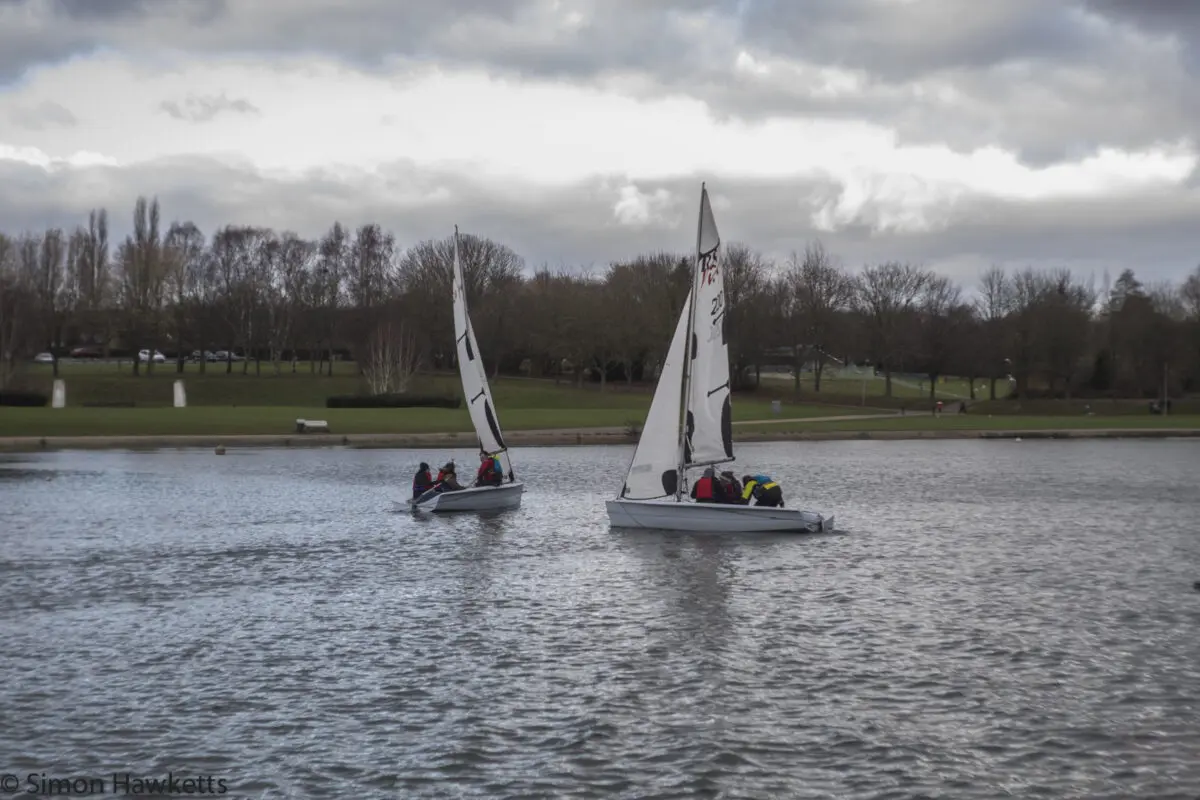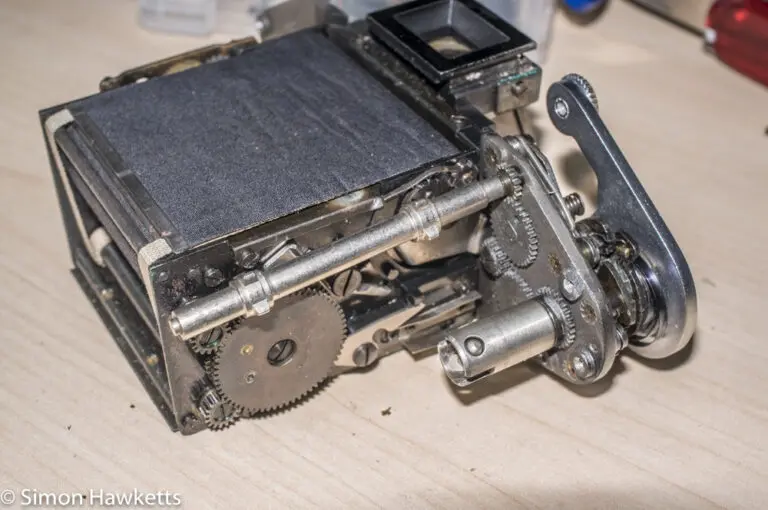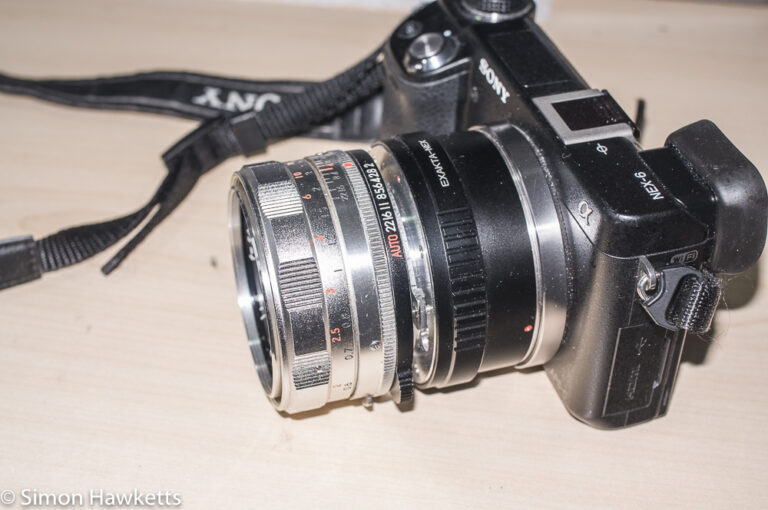Some samples with an E. Ludwig Meritar 50mm lens on Fuji X-T1
The E. Ludwig Meritar 50 mm f/2.9 lens was one of a number of standard lenses supplied on several different cameras made in East Germany in the post-war years. In this article, I’m going to show a few examples of the sort of performance you can expect with this lens when fitted to a modern mirrorless camera, the Fuji X-T1.
My copy of the lens is fitted with an Exakta bayonet mount, and I used a simple Exakta to Fuji X adaptor I bought from Amazon for only a few pounds to fit the lens to the camera. Obviously, the lens is completely manual and so the camera must be manually focused and used in manual exposure, or aperture priority mode.
E. Ludwig Meritar Lens Description
The Meritar lens is a triplet design, which means it consists of three lens elements set in three groups. The aperture stop down is of pre-set design where a minimum aperture value can be pre-set and then quickly selected with a single turn of the aperture ring. This type of lens was popular in the days before auto stop down aperture was introduced in the early 1960s.
The actual aperture settings available are f/2.8 to f/16 and the aperture itself consists of 5 blades.
I suspect that the lens has some sort of coating to reduce reflections and glare, because the lens elements have a blue tint.
To use the lens is remarkably simple because there are only two control rings – the aperture and the focus ring. On the Fuji X-T1 I set the exposure control to auto ISO, a fixed shutter speed and then set the aperture ring on the lens to the aperture I wanted so effectively let the ISO set itself to get the correct exposure. This works as long as you keep an eye on the ISO and don’t let it get too high – on the images below the ISO was between 200 and 640 which for a modern camera like the XT-1 results in the noise being well controlled. With the focus mode set to manual, the superb Fuji focus peaking system can be used to set the focus.
E. Ludwig Meritar pictures
To get some sample pictures with this lens and camera combination, I went to the Fairlands Sailing lake in Stevenage to get some pictures of the sailing boats. I was a cold day, and I have to say the sailors were braver than I to be out on the water in shorts!
Overall the Meritar is an average performer – I had in mind that it would be spectacularly good, but it certainly isn’t that. When used fully open and f/2.8 the lens seems quite soft, and even when stopped down, although it sharpens up a bit, it is still quite flat and doesn’t have the advantage of the ‘1960s look’ that something like the Jupiter 8 has.
My assessment is that although it was interesting trying the lens out to see how it looked, I wouldn’t bother buying another one if I found it available on eBay.
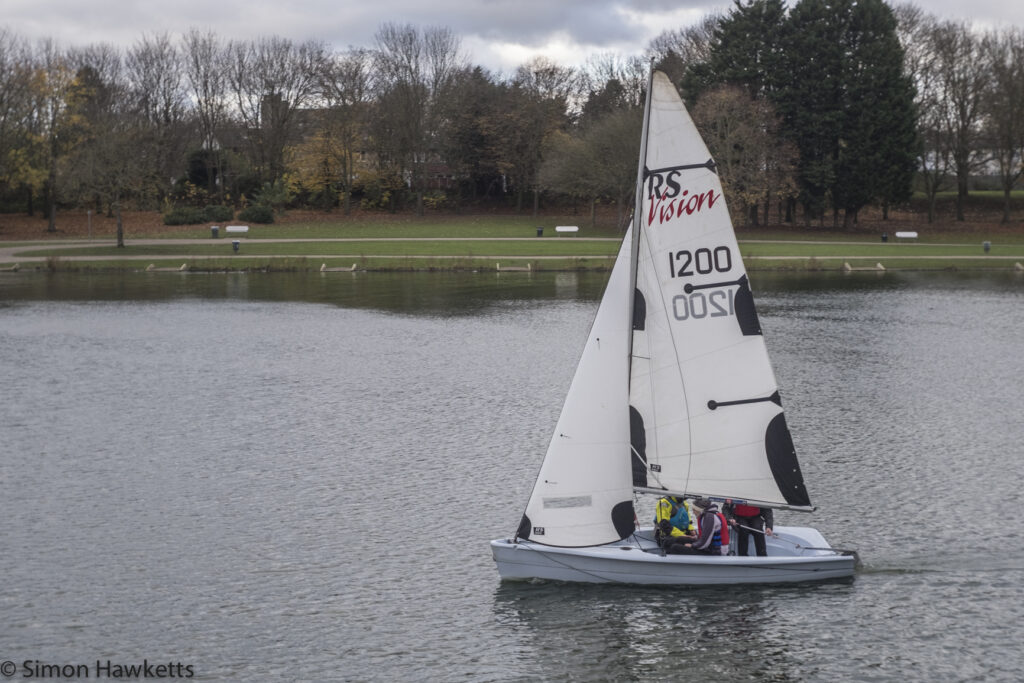
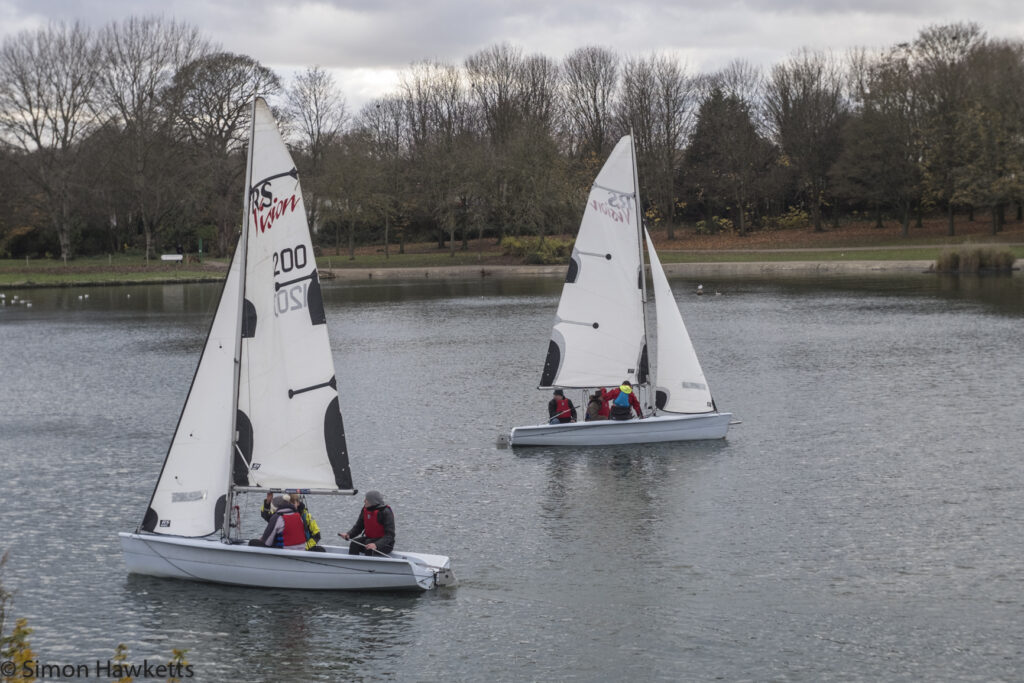
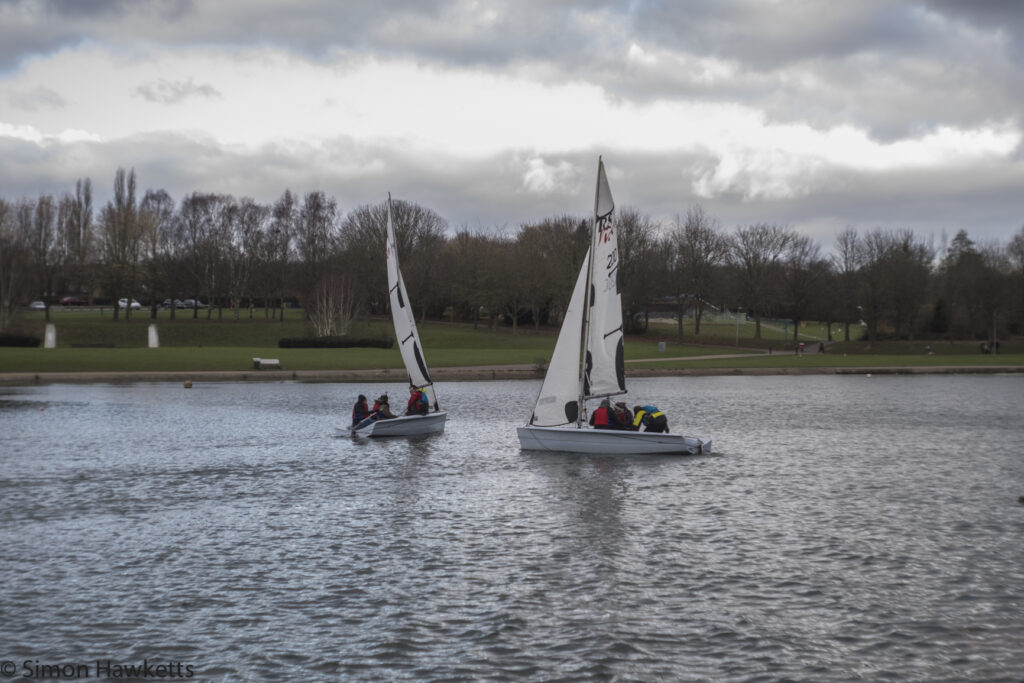
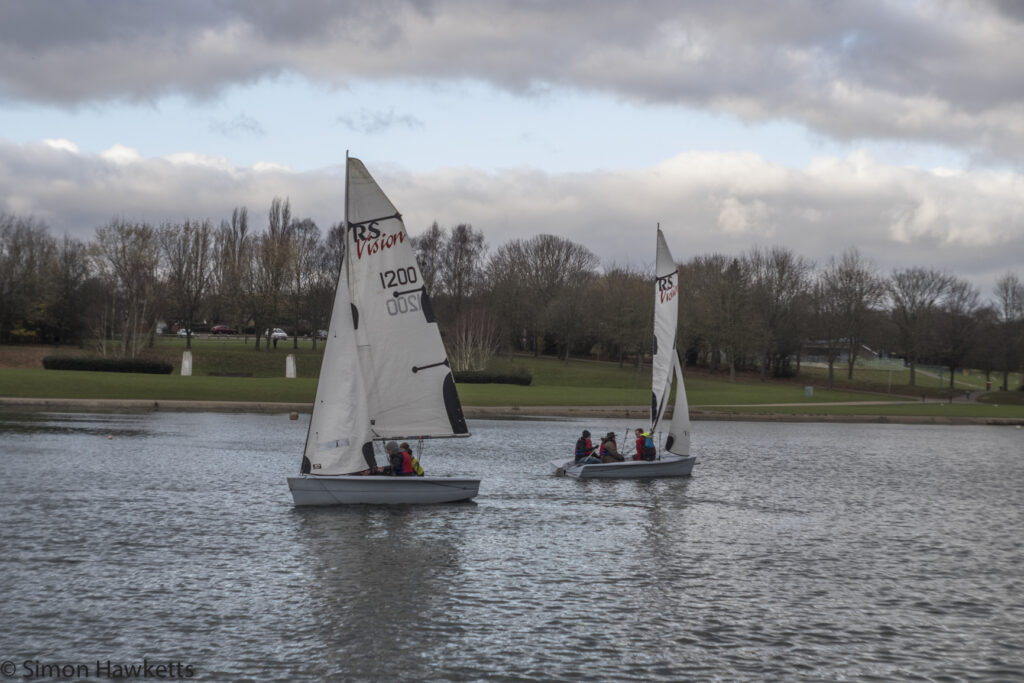
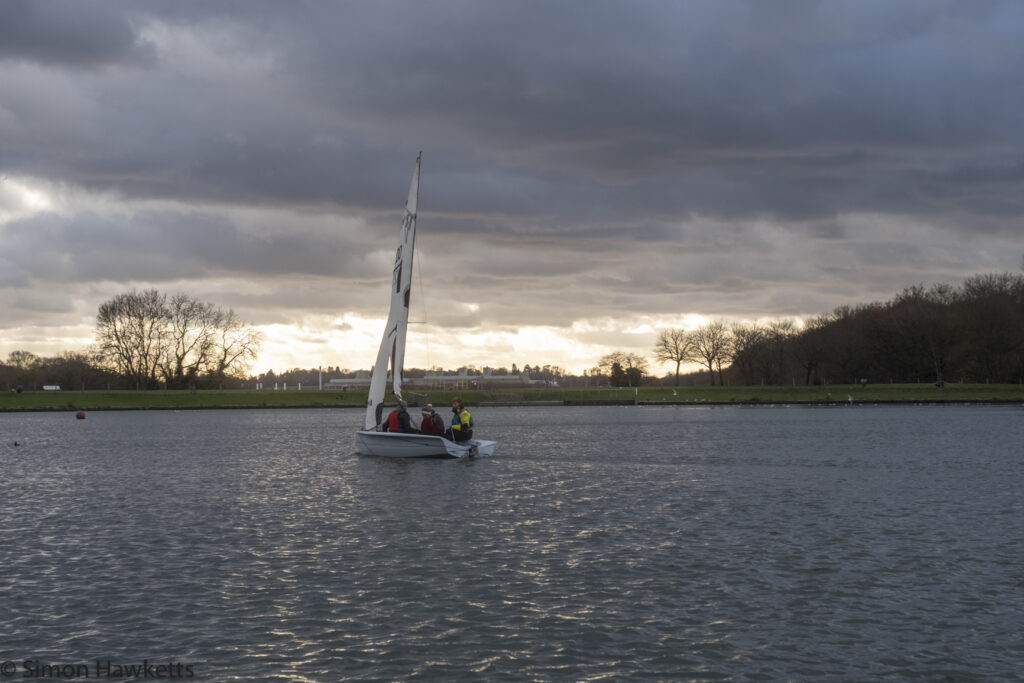
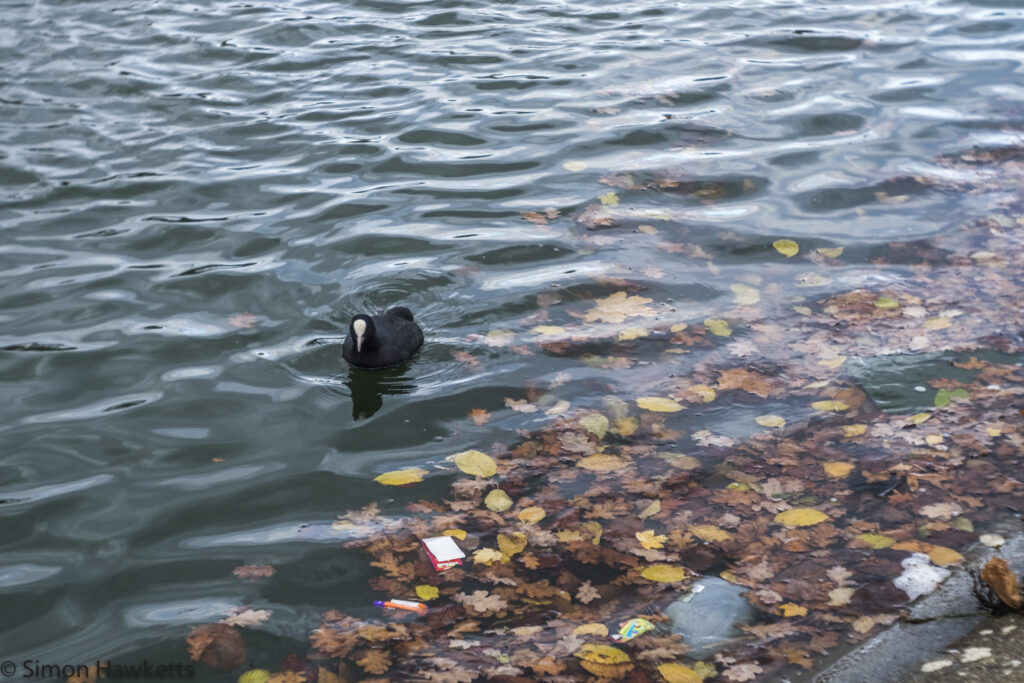
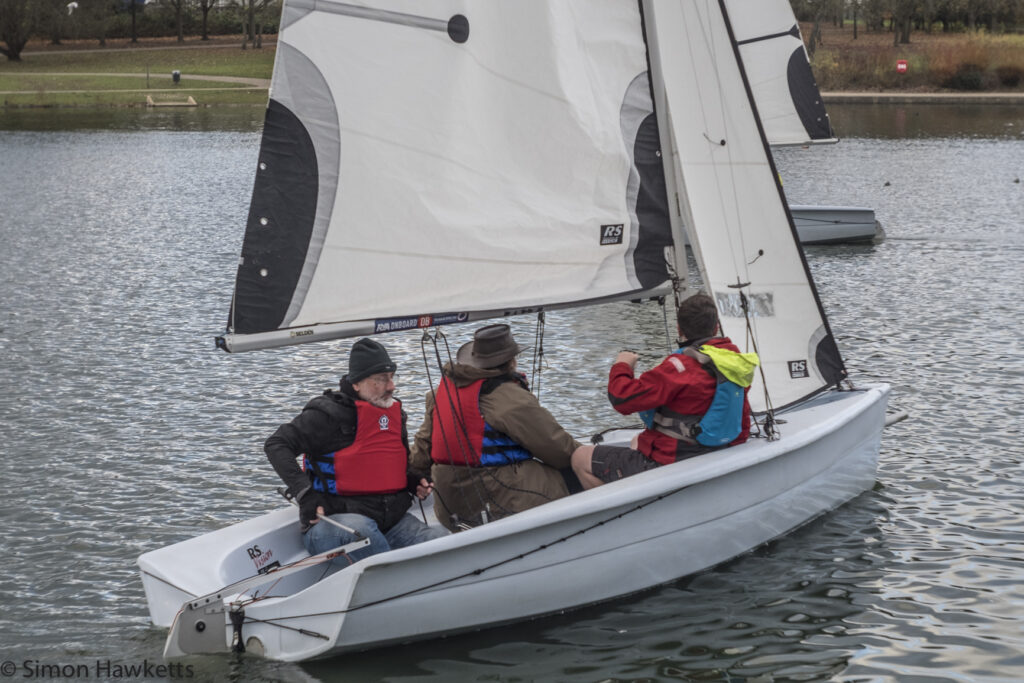
Video
The clip below shows the video performance of the E.Ludwig Meritar on the Fuji X-T1 in a short clip I took at the same time as the images above.
Discover more from Everything Vintage
Subscribe to get the latest posts sent to your email.

